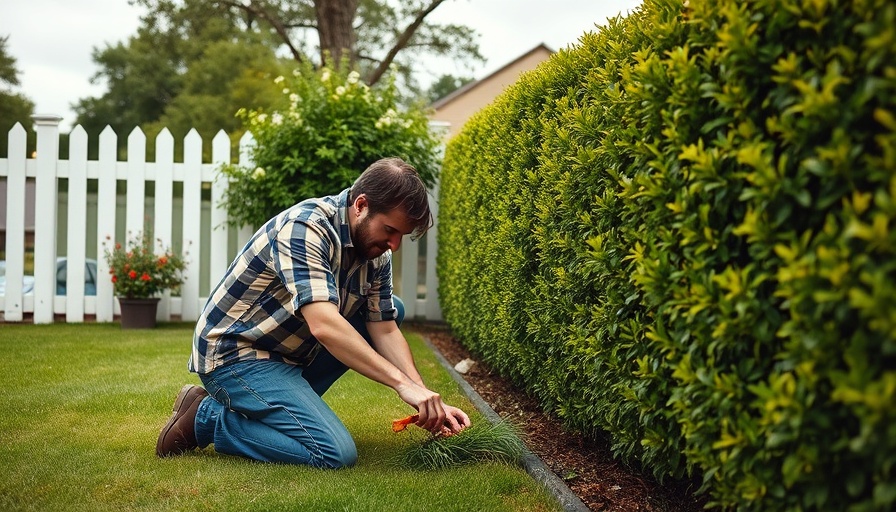
Creating the Perfect Hedge: Tips for Dense Growth
Achieving that dense, lush hedge you've always wanted is all about knowing when and how to prune your plants! Many people make the mistake of waiting too long to start trimming their hedges, which can hinder their growth. Instead, start pruning as soon as you plant, focusing on achieving shorter distances between leaves to create a denser look. Remember, by trimming your hedge regularly, you can encourage it to grow fuller and healthier. This can lead to the privacy you crave while enhancing the beauty of your landscape.
In 'Perfect Hedges and Achieving Sustainable Living Dream | Full Episode | Great Home Ideas', the discussion dives into sustainable gardening and hedge maintenance, exploring key insights that sparked deeper analysis on our end.
A Sustainable Living Dream: The Nara Eco Village
If you think outside the box, communities like the Nara Eco Village are redefining sustainable living. Born from a need for support among neighbors, this eco-village model promotes a cooperative lifestyle where residents help each other grow, sharing resources and gardening efforts. Imagine living in a place where every house is efficient, vibrant, and built with natural materials to create a healthier living space. This not only boosts the community's environmental standards but also strengthens communal ties.
Repurposing Existing Spaces: Small Gardens, Big Potential
Don’t underestimate small gardens! Many people believe that limited space means limited possibilities, but that's far from the truth. With clever garden design, even the tiniest spaces can become enchanted oases filled with flowers, herbs, and vegetables. Alternative landscaping ideas such as vertical gardens and raised beds can maximize your gardening potential without compromising on style. These changes enhance curb appeal while providing an abundance of fresh produce for your kitchen.
The Art of Pruning: A Skill Worth Mastering
Pruning isn't just about aesthetics—it's vital for the health and productivity of your plants! Whether you're maintaining a flower bed or pruning trees, understanding the right techniques can have significant effects on plant growth. Establish a consistent watering schedule and regularly check for pests and diseases to keep your garden flourishing. Pruning not only revitalizes your plants but also invites new growth and encourages fruit and flowering.
Innovative Garden Designs and Techniques
Explore innovative gardening techniques that take into account both aesthetics and functionality. For instance, using organic gardening methods not only supports the environment but enhances the health of your garden. Consider mulching around your plants to conserve moisture and suppress weeds, or implement drip irrigation systems to optimize your watering practices. Investing in landscaping ideas like wildlife-friendly gardens or butterfly gardens also brings nature right to your doorstep.
Conclusion: Embracing the Natural World
The journey towards a sustainable and beautifully designed garden is about more than just aesthetics; it’s about creating a space that nurtures both the environment and the community. Engage in community initiatives, share your gardening tips with neighbors, and consider joining a local community garden to expand your gardening horizons. With the right practices, even a simple hedge can become a statement of beauty and sustainability.
 Add Row
Add Row  Add
Add 




Write A Comment